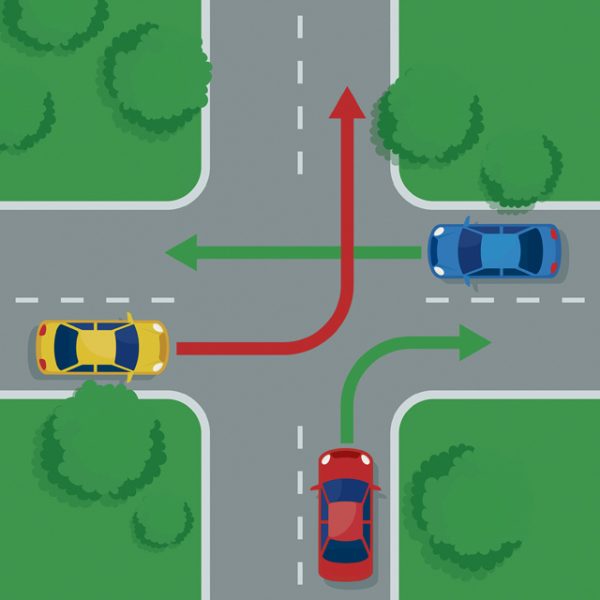
We’re back with yet another article in our driving series — this week, we’ll explain the German right before left rule.
When does the right before left rule apply?
At intersections when there are no traffic signs, when there are no traffic lights and when there is no police directing traffic. There is also a special sign, a black x on a triangular sign (see graphic), that means “right before left.” It is put up in areas where traffic rules have recently changed or where traffic is a little bit more complex.
In 30 speed limit zones, the right before left rule applies automatically unless there are other signs designating different rules.
The right lane rule does not apply at intersections that are driveways, parking lots and dirt tracks that lead up to a regular street.
How does the right before left rule work?
When approaching an intersection where the right before left rule applies, let your vehicle come to a halt and check if there is a vehicle to your right. If there is, the vehicle to your right has the right of way. As soon as that vehicle is gone, you are free to go.
The right before left rule often also applies in residential areas so please be extra careful in those.
There is a nice website that explains some of the driving rules and some of the more difficult traffic situations well in English: https://routetogermany.com/drivingingermany/right-of-way
Next week, we’ll turn to defrosting windshields during the fall and winter season and let you know what you shouldn’t do.


